Media Reaction to the”Dirty Dozen” List
1/4/2019 11:22 AM
When the Environmental Working Group (EWG) began releasing the “dirty dozen” list 23 years ago, it received widespread media attention. Over recent years, as more facts about produce safety specific to residues emerged along with concerns about the lack of science surrounding EWG’s list and research showing the potential negative impact of the list release on consumers, not only has media coverage declined, but it has become more critical of the “dirty dozen” tactic.
Some examples and excerpts from the 2018 “dirty dozen” list release coverage:
Pro-Choice Nutritionist Calls Out Produce Guides – Food Safety News
“In addition to the negative impact on consumers, these guides are not based upon sound science. One peer reviewed study found that substituting organic forms of fruits and veggies for conventional forms, as these shoppers’ guides advise, did not result in any decrease in risk for consumers because pesticide residues on conventionally grown are so minute, if present at all.”
What a Nutritionist Wants You to Know About Pesticides in Produce – NBC News
“Toxicologists like Winter (Dr. Carl Winter, University of California, Davis) are looking at three pillars of risk: How much of this stuff are we really getting on our food, how much of the food are we eating and just how bad is the amount we’re ingesting? Recall that the Dirty Dozen isn’t designed to answer any of these questions, and therefore, Winter says, can’t provide valuable insights to shoppers. If you don’t know the levels of pesticides in strawberries and spinach, how do you know they pose any problems? Winter, along with other scientists, say they don’t.”
Why the Dirty Dozen Doesn’t Mean What You Think It Means – Seattle Times-Carrie Dennett, MPH
“For years, not only did I recommend the Environmental Working Group’s (EWG) annual “Dirty Dozen” and “Clean Fifteen” lists as a useful guide for prioritizing which fruits and vegetables to buy organic, but I used it as a guide for my own purchases. The 2018 updated lists were released April 10, and for the first time I decided to write a dedicated column about them. Accordingly, I dug in and took a deeper look at the methodology behind the list — and was disappointed.”
What EWG doesn’t tell you is that for the crops on the Dirty Dozen, the majority of pesticide residues on the conventional as well as the organic versions are low enough to be allowed under organic rules. In two cases — potatoes and tomatoes — a higher percentage of the pesticide residues on conventional samples met the ‘OK for organic’ criteria.”
In 2018, so far only 19% of the mainstream media coverage exclusively focused on EWG’s “dirty dozen” list and provided no balancing content. For comparison, from 1995 to 2009, EWG enjoyed national and uncontested media coverage (more than 99% of stories featured EWG’s perspective only) when it released its list so we have come a very long way.
While progress is being made, there is more work to do to provide consumers with science-based information so they can make the right shopping choices for their families. Since EWG persistently continues to release the “dirty dozen” list year after year, the Alliance for Food and Farming will also continue its persistence in providing science and facts to combat the fears EWG seeks to inspire.



